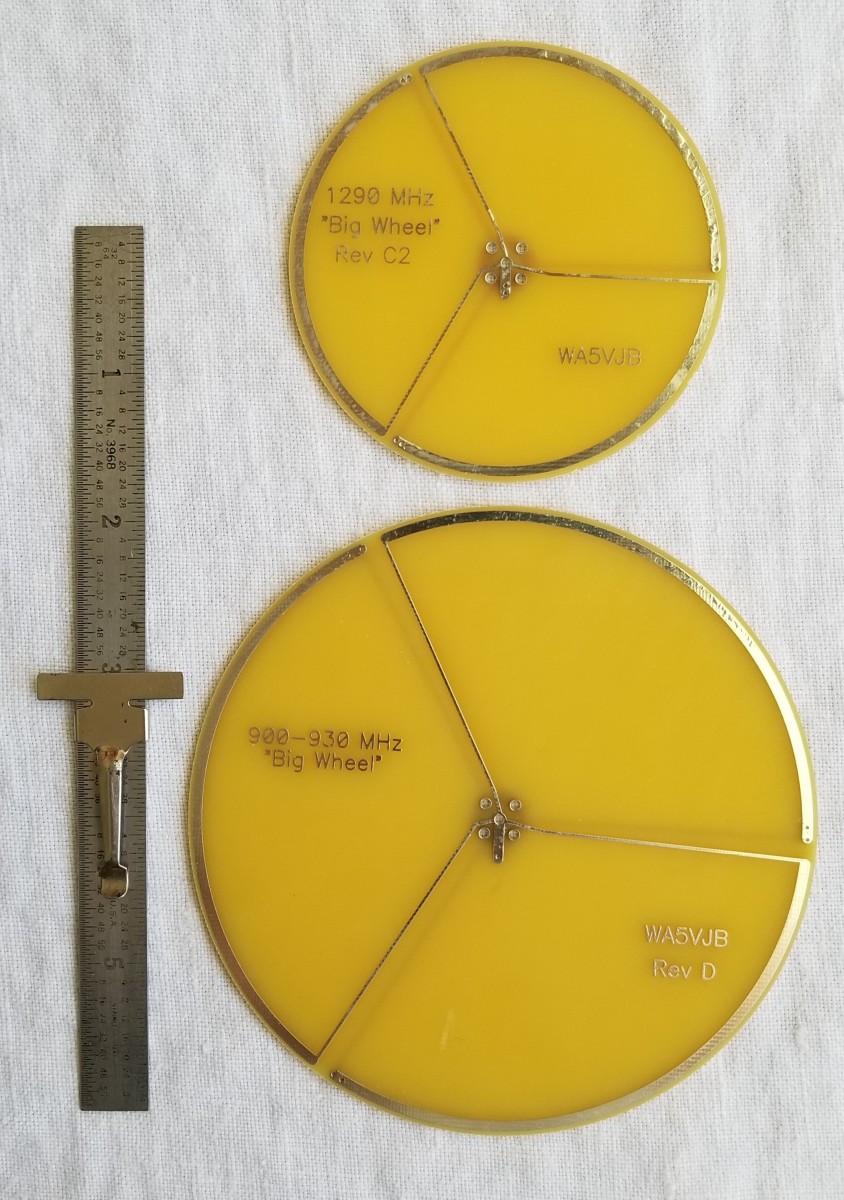Tamara Wilhite RF beacons are generally omni-directional, radiating a particular radio signal like a lighthouse.
What Are Radio Beacons Used for?
Beacons may be used to determine band conditions. You know the strength of the signal put out by the RF beacon and the frequency it uses. The strength of the signal received allows you to determine how successful you’ll be if you send out your own signal. You’ll know there are the right conditions for band skip, too. This is why there are many amateur radio beacons in use. The International Amateur Radio Union or IARU operates a number of beacons for ham radio operators. Ham radio beacons generally operate at 50 MHz (the 6 meter band), the ten meter band and long-wave. Long wave beacons operate somewhere between 198 kHz and 526 kHz. RF beacons can be used to calibrate and test antennas and RF equipment. For example, you could use the beacon to verify that your antenna is receiving the frequency range you expect it to receive or aimed in the right direction. Radio beacons can be used to determine one’s general location. For example, radio beacons are used by ships, aircraft, and vehicles to determine their location based on the direction and distance to the beacon. In these cases, the beacon’s location is a known, fixed point, and the receiver can determine their location relative to it based on signal strength and direction. In theory, any radio station antenna can be used as a beacon, if you have direction finding equipment. Non-directional beacons are used to identify the locations of air strips. This allows pilots who are flying using instrumentation alone to find runways. The RF beacon and the runway are located using a radio direction finder inside the aircraft.
What Factors Interfere in RF Beacon Signals?
The same factors that affect RF beacons affect every other RF signal: sunspots, air temperature, humidity, and changes in the Earth’s geomagnetic flux. Conditions may also change over the course of the day.
What Kind of Antennas Are Used for Radio Beacons?
RF beacons are supposed to be omnidirectional. One solution is to create a beacon from a stack of wheel antennas. A more common solution is to use a dedicated monopole antenna.
Why Are Radio Beacons Still Used When We Have GPS and Other Alternatives?
Radio beacons remain useful tools for amateur radio operators. They are being phased out in aviation. They may continue to be used as a backup to GPS, because they’ll continue to operate even when GPS is unavailable. Radio beacons used by the maritime industry are being replaced with transmitters for differential GPS. Radio beacons are still used to study ionospheric variations. In these cases, other beacons can be used to calibrate the feed for antennas studying atmospheric conditions.
